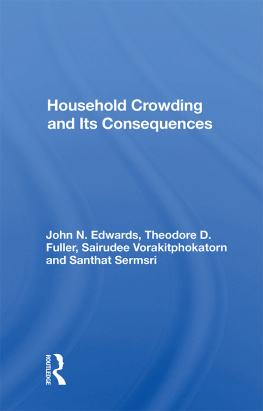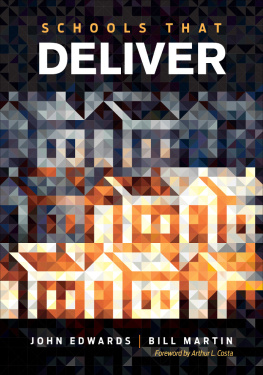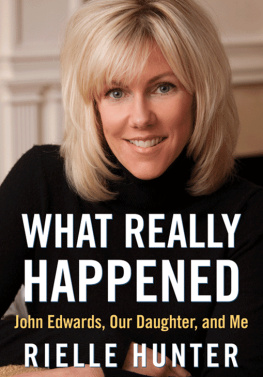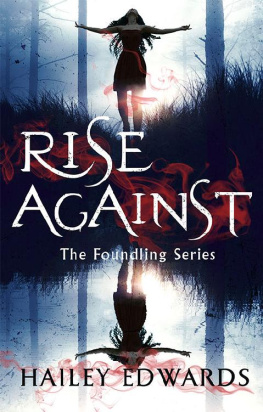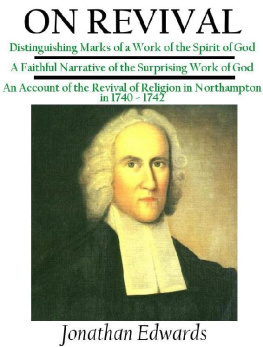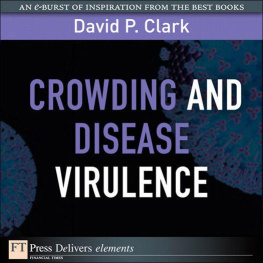First published 1994 by Westview Press, Inc.
Published 2018 by Routledge
52 Vanderbilt Avenue, New York, NY 10017
2 Park Square, Milton Park, Abingdon, Oxon OX14 4RN
Routledge is an imprint of the Taylor & Francis Group, an informa business
Copyright 1994 Taylor & Francis
All rights reserved. No part of this book may be reprinted or reproduced or utilised in any form or by any electronic, mechanical, or other means, now known or hereafter invented, including photocopying and recording, or in any information storage or retrieval system, without permission in writing from the publishers.
Notice:
Product or corporate names may be trademarks or registered trademarks, and are used only for identification and explanation without intent to infringe.
A CIP record for this book is available from the Library of Congress.
ISBN 13: 978-0-367-01172-7 (hbk)
Carrying out a research project of the scope we discuss here, one incurs many debts. We are especially indebted to the National Science Foundation (SES-8618157), whose funding made possible the collection of the data on which this study is based. This funding was supplemented by additional support from the Institute for Population and Social Research, Mahidol University, Bangkok. We are most grateful to Dr. Pramote Prasartkul, the former director of the Institute, and Dr. Aphichat Chamratrithirong, the present director, for their sustained encouragement during the data-gathering phase of the project
Valuable assistance in drawing the Bangkok sample was received from several sources, the National Statistical Office, the Bangkok Metropolitan Authority, and the National Housing Authority. In particular, our thanks go to Sophon Pornchokchai, Aporn Chandcharoaensook, and Juree VichitVadakan for their cooperation and help.
Mr. Yothin Sawangdee ably served as the moderator of the male focus groups, which were conducted prior to undertaking the Bangkok survey. The groups' discussions were critical to the formulation of the survey instrument On the U.S. side of the Pacific, the project greatly benefited from the expertise and technical assistance lent to us by Ms. Kristi Hoffman and Ms. Qing Wang. Their aid was crucial in expediting our quantitative analyses. Finally, but hardly least, we are most grateful and greatly indebted to Ms. Barbara Townley. Her technical expertise and cheerful cooperation were vital in assembling the manuscript and in enabling us to meet the publisher's deadlines.
The timely completion of this project would not have been possible without the unhesitant assistance of all of these individuals. Our thanks are small recompense for the amount of aid we received.
We thank Pergamon Press for permission to reproduce two tables that previously appeared in Social Science and Medicine, Vol. 36, pages 1425-6, 1993. We also appreciate the permission to reproduce one table from the Journal of Health and Social Behavior, Vol. 34, page 260.
John N. Edwards, Theodore D. Fuller,
Sairudee Vorakitphokatorn, and Santhat Sermsri
1
Population, Crowding, and Human Behavior
As we move into the twenty-first century, the effects of human crowding loom as an ever larger and more pressing issue. World population stands at over five and a half billion people. In the next ten years alone, it is estimated that 1.1 billion will be added to this figure (Todaro, 1989). Compounding the problem of numbers, much of this increase will take place in the less developed regions of the world, most notably increasing in Asia, Africa, and Latin America. In these regions, the provision of housing is especially problematic, for land-use is becoming more intensified and needed capital outlays for housing continue to escalate. With a tendency toward primate cities that dominate countries in these regions, the result, in all likelihood, will be cities of ever higher density. As city density increases, more intense crowding at the household level is likely to come about. All of this greatly amplifies the concern as to what consequences crowding has for the quality of life and individual well-being.
This concern is by no means a new one. Cities, it seems, have always had their critics, regardless of their actual size or speific densities. Starting with the writers of the Old Testament forward, a list of the city's critics is a venerable one. It is a long list of philosophers, writers, and intellectuals, not to mention various social reformers and politicians. The list includes Plato, Machiavelli, Thomas Jefferson, Ralph Waldo Emerson, Thoreau, along with de Tocqueville and Edgar Alan Poe (White and White, 1962). In all, they saw the city, with its concentration of people in a limited area, as the source of sinfulness, lack of restraint, crime, alienation, and conspicuous waste. Particularly in America, and especially with the disappearance of its frontiers, the anti-urban litany has been loud and persistent. Perhaps no one put it more bluntly than de Tocqueville (1835, 1945:289) in writing: "I look upon the size of certain American cities, and especially on the nature of their population, as a real danger which threatens the future security of the democratic republics of the New World; and I venture to predict that they will perish from this circumstance, unless the government succeeds in creating an armed force which ...will be independent of the town population and able to repress its excesses."
Echoes of the concern about urban living continue to be heard. In the 1960s, in The Death and Life of Great American Cities, Jane Jacobs though a proponent of high density and diversity argued that residential crowding was a crucial source of city decay and a contributory factor to increased social disorganization. Today, Paul Ehrlich reiterates the message he first put forward in his book The Population Bomb (1968), contending that the world is overcrowded and that there are too many people and too few resources to serve their needs. Reverberations of the concern are at the heart of the environmental movement, with its focus on overpopulation, resource depletion, pollution, and continued industrial growth. "No growth," "managed growth," and "small is beautiful" are slogans that encapsulate a rethinking of the desirability of urban life and urban growth.
For most critics of urban life, the number of people involved and their sheer concentration in a limited area are the core of the problem. "Each kind of animal," Desmond Morris maintains (1968:39), "has evolved to exist in a certain amount of living space. In both the animal zoo and the human zoo this space is severely curtailed and the consequences can be serious." Speaking of the contemporary city, Lewis Mumford (1968:210) goes even further, asserting: "No small part of this ugly urban barbarization has been due to sheer physical congestion: a diagnosis now partly confirmed by scientific experiments with rats for when they are placed in equally congested quarters, they exhibit the same symptoms of stress, alienation, hostility, sexual perversion, parental incompetence, and rabid violence that we now find in Megapolis."
Our book bears on one aspect of the more general concern with urban life. In these pages, we deal with the issue of crowding at the household level, or what Stokols (1978) refers to as a "primary environment." Primary environments, he suggests (1978:235), "are those in which an individual spends much time, relates to others on a personal basis and engages in a wide range of personally important activities." The household is a primary environment par excellence. Except for the homeless, everyone resides in some sort of dwelling, usually living with others, relating to them personally, and unavoidably interacting with other household members and becoming involved in the various activities that take place there. If crowding has serious effects, as the urban critics and Stokols maintain, we should detect its most severe manifestations in the household itself. While a city in general may be very densely populated, one's "encounters with others are relatively transitory, anonymous, and inconsequential," as Stokols puts it (1978:235). Although one might perceive deficiencies in the more general or "secondary" environment, deficiencies in one's personal environment are more intensely experienced and longer felt.


